Durian
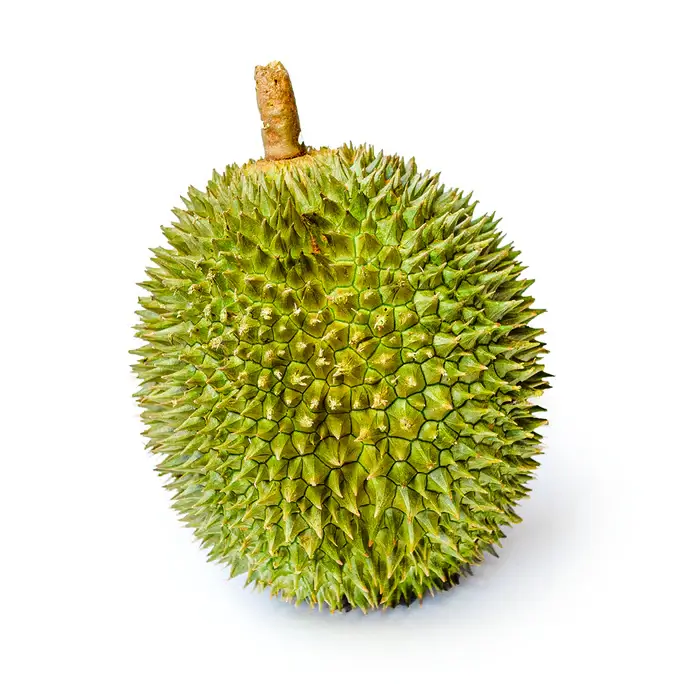
Durian is one of the most visually distinctive fruits in the world—massive, oblong, and covered in sharp spikes. But it’s not the only fruit with a bold, spiky look. If you’ve ever confused another fruit for a durian (or vice versa), you’re not alone! Below are fruits that resemble durian in appearance, especially from afar or at first glance.
1. Jackfruit
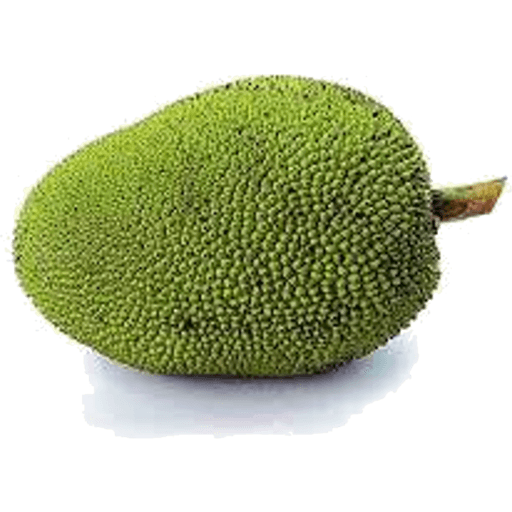
Jackfruit is often mistaken for durian because of its large size and rough, greenish-yellow skin covered in small bumps that, from a distance, can resemble durian’s signature spikes. Like durian, jackfruit can grow to enormous sizes and is typically displayed whole in markets. However, its “spikes” are much more rounded and softer, and the inside contains fibrous pods around seeds rather than the rich, custard-like flesh found in durian.
2. Cempedak
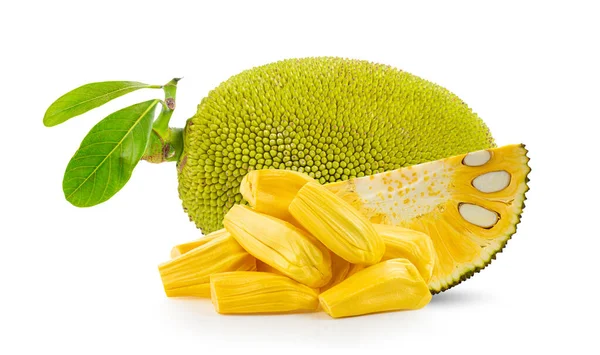
A close relative of jackfruit, cempedak has a similarly elongated shape and a skin covered in soft, blunt spines that mimic durian’s outer shell. When ripe, it turns golden-brown with a slightly prickly texture. However, its spikes are smaller and smoother than a durian’s sharp spines, and its aroma—though strong—is fruitier and less divisive than durian’s famously polarizing scent.
3. Breadfruit
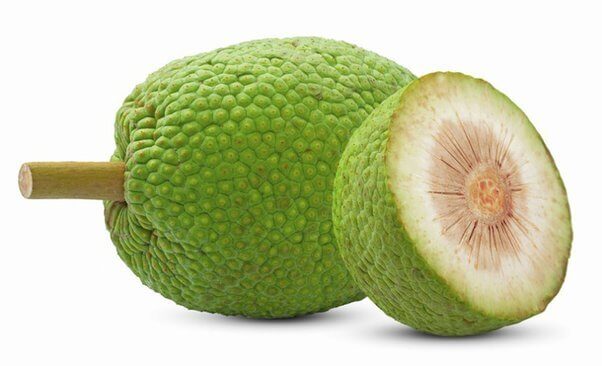
Breadfruit has a large, round or oval shape with a bumpy exterior that can look vaguely spiny when immature, and from a glance, its green, rough surface may remind people of an unripe durian. However, the bumps are far less pointed and don’t resemble true spikes. Unlike durian, breadfruit is starchy and typically cooked before eating, rather than enjoyed raw for its sweet, creamy flesh.
4. Marang (Terap Fruit)
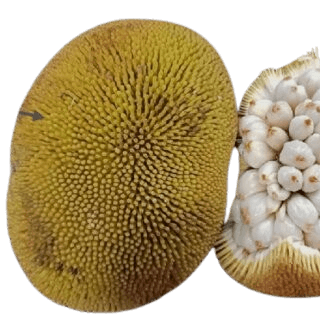
Marang is covered in green, soft spikes that resemble a durian’s surface, especially before it ripens, and it’s roughly the same size as a small durian, even giving off a strong fragrance when mature. However, marang’s spikes are soft and almost furry to the touch, and the fruit inside is lighter and fluffier. Its scent is intense, but not as pungent or polarizing as that of durian.
5. Soursop (Graviola)
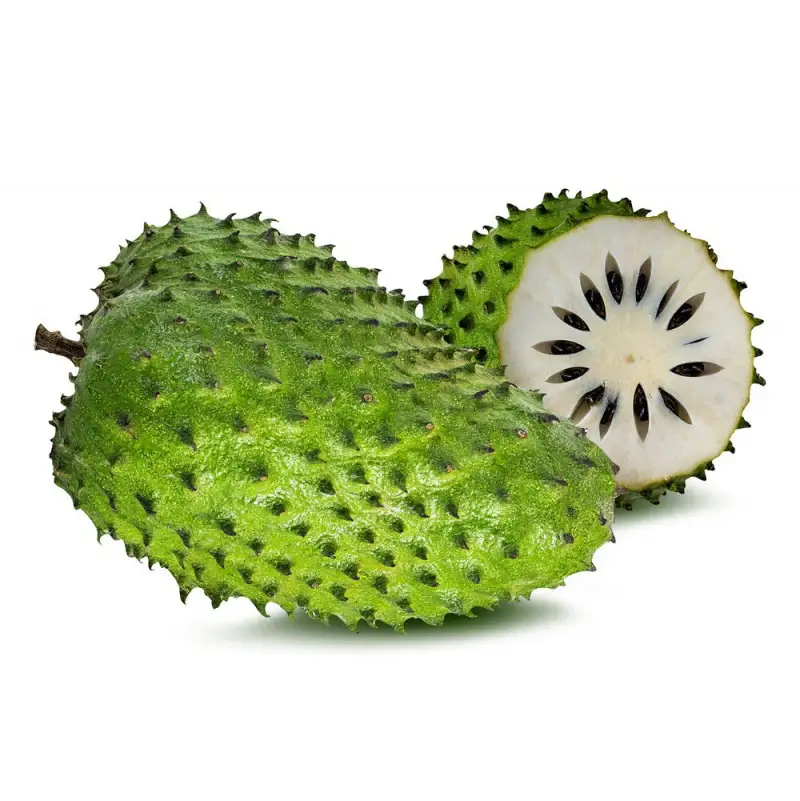
Soursop has a green outer skin covered in soft, curved spines, and although it’s smaller than most durians, its bumpy, prickly appearance can cause confusion, especially when displayed among other exotic fruits. However, soursop’s spines are thin and flexible, and its flesh is white, juicy, and sour-sweet—quite different from durian’s dense, creamy interior.
6. Pandanus Fruit (Screw Pine)
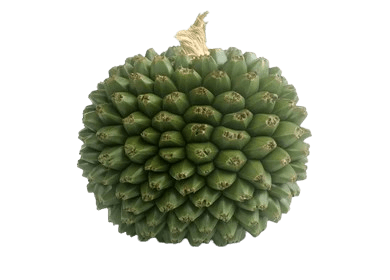
The Pandanus fruit appears spiky and roughly segmented, and in some varieties, the entire fruit resembles a cluster of sharp-edged wedges, giving it a jagged, armored look that’s somewhat durian-like. However, it grows in sections that resemble scales more than spines, and its overall shape is usually more rounded or pineapple-like. The outer texture is firm and tough but not dangerously spiky like a durian’s.
7. Spiny Cucumber
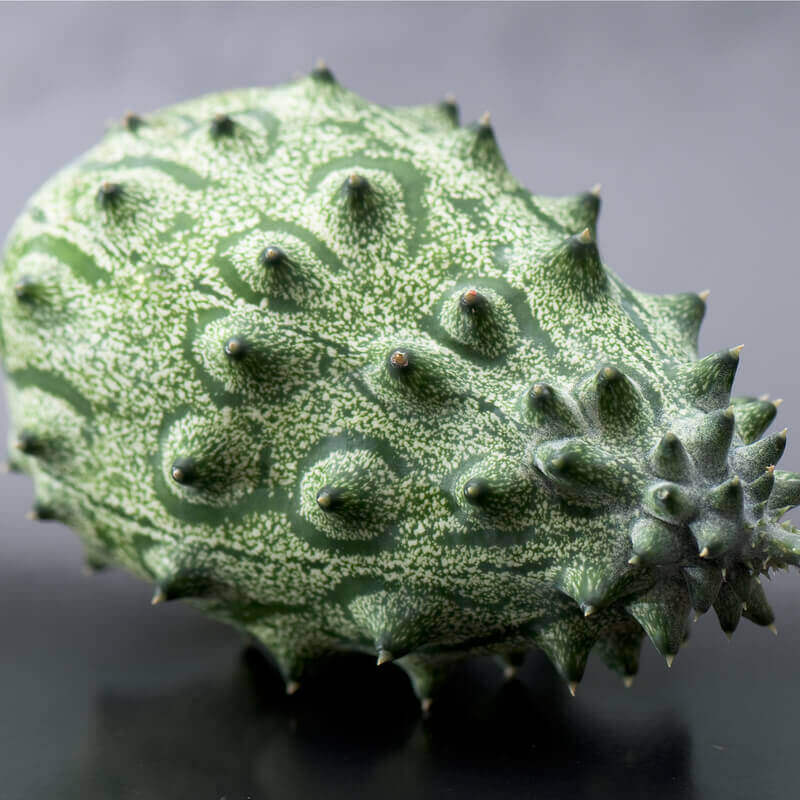
This small, oval-shaped fruit has a strikingly spiky skin covered in soft or firm thorns, depending on the variety, and while much smaller, its spiny exterior echoes the intimidating look of a mini durian. However, it typically measures only a few inches in length—tiny compared to a full durian—and it’s actually a gourd, not a tropical tree fruit.
